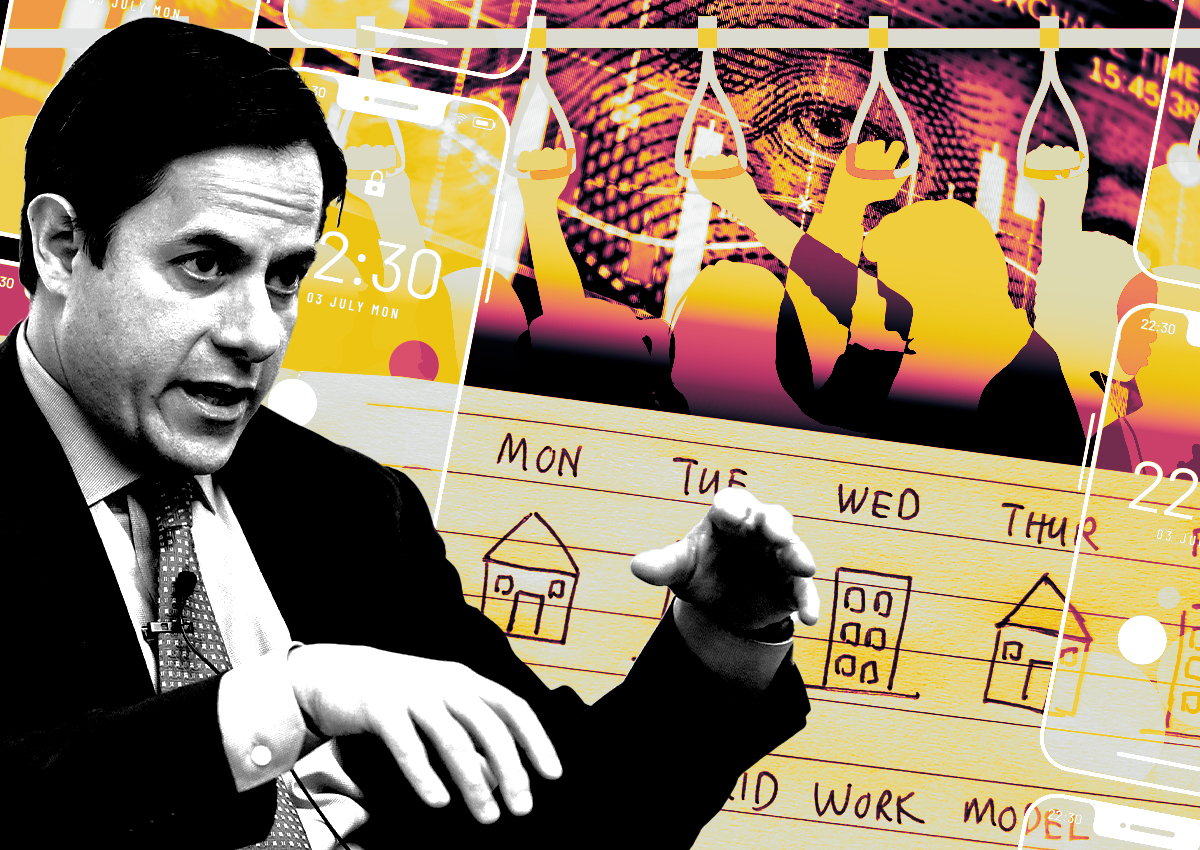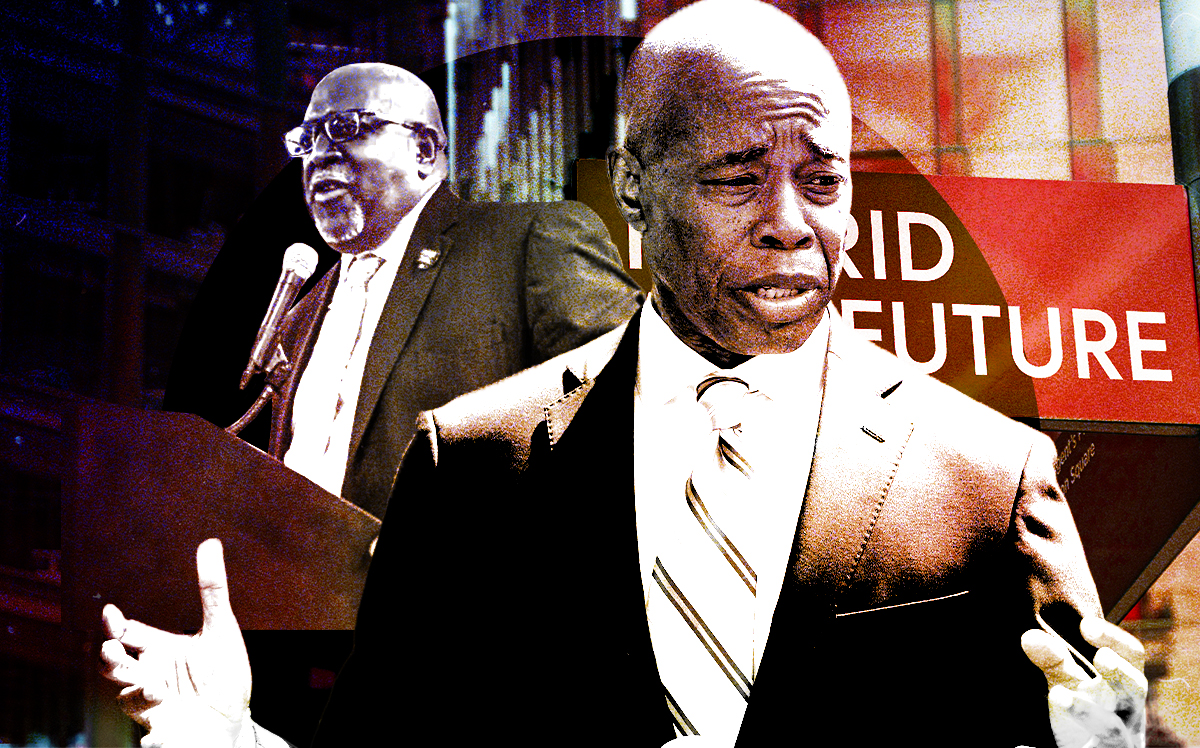New York City employees are joining the ranks of hybrid workers in other sectors.
Thousands of employees will be able to work remotely two days a week beginning this month, the Wall Street Journal reported. It’s a major concession from Adams, a hard-line opponent of remote work, in a concerning time for office landlords.
The shift, a response to staff shortages, is expected to affect at least 30 agencies for the next two years. The Department of Housing Preservation and Development will be among the first to get a crack at the option.
Adams has said remote work is a threat to the city’s central business districts, where retail leasing has struggled compared to corridors closer to residential areas. The mayor last year called out bankers who flaunted Covid protocols to enjoy the city’s culture on the weekend, only to avoid the office during the week.
Adams said last summer the city should look to define the question of “what does the work week look like” and aim to “build local ecosystems in our community” as New Yorkers’ work arrangements shape the city.
City employees were called back to the office in September 2021, sparking criticism when surges from coronavirus variants took hold. Calls for private businesses to follow suit were met with mixed reactions from major companies, though, who didn’t want to alienate employees.
City Hall started softening its stance on hybrid work amid negotiations with union workers, which ended in an agreement with the city’s largest municipal union at the end of March.
While the hybrid plan is only scheduled for two years, the chance it’s extended beyond that point can’t be discounted. Fewer in-person workers will bring more problems to central business district retailers and office landlords, who could see the values of their buildings fall by 44 percent due to work-from-home patterns.
The city may benefit, however, as the city looks to fill posts that failed to draw interest when the specter of going into the office every day was presented. Seven agencies had vacancy rates of at least 20 percent, according to a March analysis from Comptroller Brad Lander.
— Holden Walter-Warner
Read more



